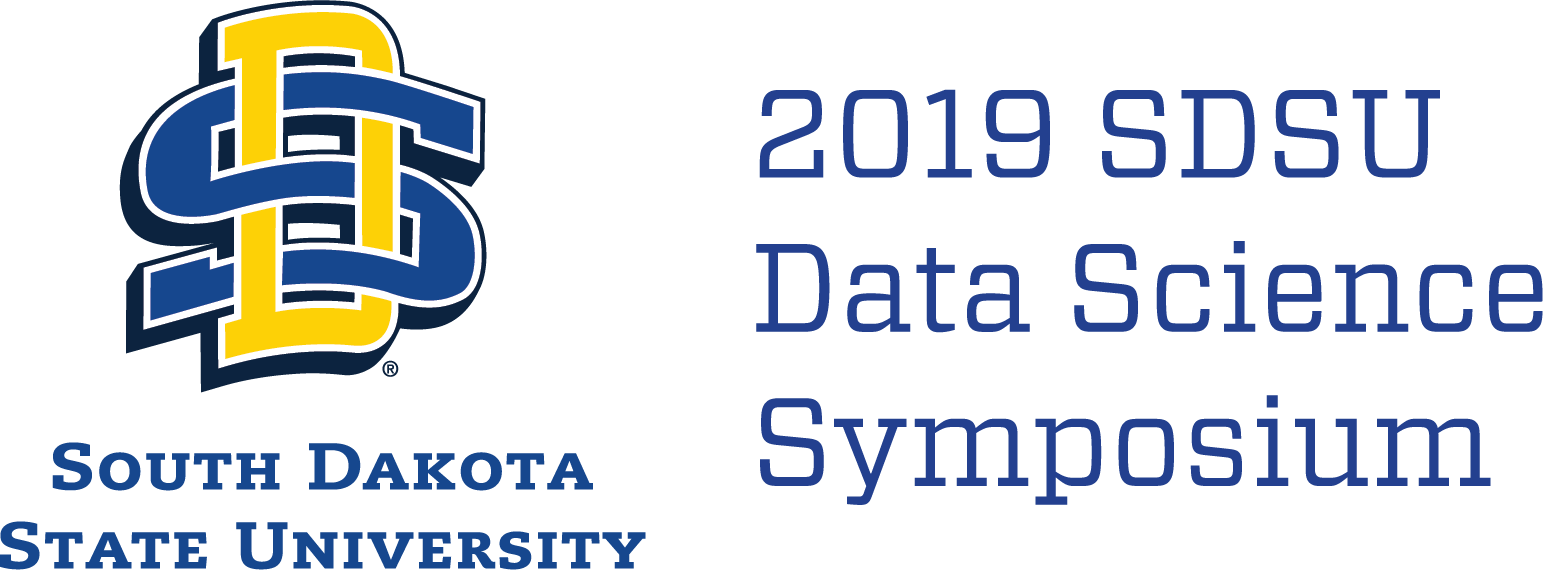Application of Transfer Learning Techniques for Medical Image Classification
Presentation Type
Event
Student
Yes
Track
Health Care Application
Abstract
Recently, the healthcare industry is in a dynamic transformation accelerated by the availability of new artificial intelligence, machine learning, and deep learning (DL) technologies, tools and strategies facilitated by powerful graphical processing unit computing. The deployment of DL models in healthcare organizations for medical image analysis, is creating healthcare use cases, for example, increasing timeliness and accuracy of diagnosis thus improving healthcare outcomes and enhancing better medical decisions. Transfer learning (TL) techniques leverages DL algorithmic architecture to perform medical image analysis and classification which reduces physician’s workload, decreases time and costs for interpretation and thus helping physicians to focus more on improving patient care. In this research, we apply TL techniques in medical image classification tasks, namely feature extraction and fine-tuning strategies. We investigate the effectiveness of TL techniques on medical image classification using the Chest X-ray dataset. For our DL model, we used DenseNet-121 architecture, a deep convolutional neural network (DCNN) comprised of 121-layers, as the baseline model to perform a binary classification on the medical images. Applying fine-tuning strategy, freeze-unfreeze method of DCNN top layers and with data augmentation is an effective technique to mitigate overfitting and improve model performance. Using the fine-tuning strategy, we determined improved model performance at Conv5_block16_2_conv as the Optimal Cut-Off Layer. This research will extend its focus on additional fine-tuning approaches, such as hyperparameter optimization, finding optimal data augmentation and generating high resolution medical images using generative adversarial networks to determine the optimal behavior of an effective TL for medical image classification.
Key words: Deep learning, medical image classification, transfer learning, healthcare, DenseNet-121 architecture, data augmentation.
Start Date
2-5-2019 10:00 AM
End Date
2-5-2019 10:50 AM
Application of Transfer Learning Techniques for Medical Image Classification
Pheasant Room 253 A/B
Recently, the healthcare industry is in a dynamic transformation accelerated by the availability of new artificial intelligence, machine learning, and deep learning (DL) technologies, tools and strategies facilitated by powerful graphical processing unit computing. The deployment of DL models in healthcare organizations for medical image analysis, is creating healthcare use cases, for example, increasing timeliness and accuracy of diagnosis thus improving healthcare outcomes and enhancing better medical decisions. Transfer learning (TL) techniques leverages DL algorithmic architecture to perform medical image analysis and classification which reduces physician’s workload, decreases time and costs for interpretation and thus helping physicians to focus more on improving patient care. In this research, we apply TL techniques in medical image classification tasks, namely feature extraction and fine-tuning strategies. We investigate the effectiveness of TL techniques on medical image classification using the Chest X-ray dataset. For our DL model, we used DenseNet-121 architecture, a deep convolutional neural network (DCNN) comprised of 121-layers, as the baseline model to perform a binary classification on the medical images. Applying fine-tuning strategy, freeze-unfreeze method of DCNN top layers and with data augmentation is an effective technique to mitigate overfitting and improve model performance. Using the fine-tuning strategy, we determined improved model performance at Conv5_block16_2_conv as the Optimal Cut-Off Layer. This research will extend its focus on additional fine-tuning approaches, such as hyperparameter optimization, finding optimal data augmentation and generating high resolution medical images using generative adversarial networks to determine the optimal behavior of an effective TL for medical image classification.
Key words: Deep learning, medical image classification, transfer learning, healthcare, DenseNet-121 architecture, data augmentation.


